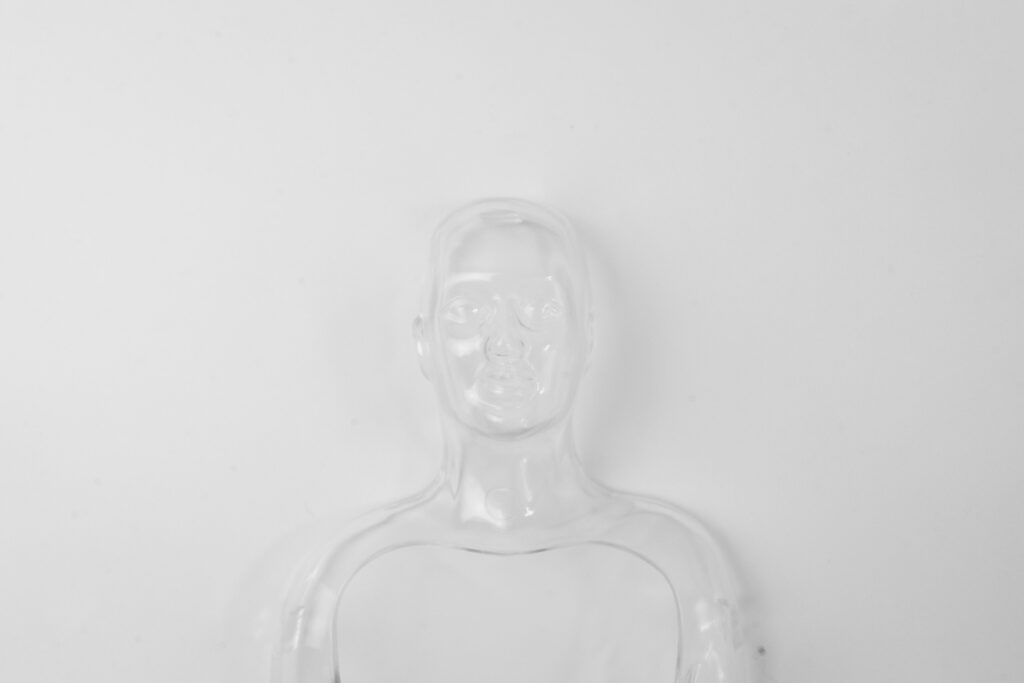Beyond the Stereotype
We often picture depression as a dramatic, visible affliction, perhaps echoing the stark portrayal of Edward Norton’s character in “Fight Club”—a heavy, debilitating energy, a profound loss of identity, and a visible struggle. However, the reality of depression is far more nuanced. Indeed, there’s a quieter, more insidious form known as “invisible depression,” which can subtly erode our well-being without us fully realizing it. This is because our cultural understanding of depression is often limited and misleading.
Understanding the Clinical Definition
To begin with, let’s clarify what clinical depression actually entails. According to the DSM-5-TR, the diagnostic manual used by mental health professionals, a diagnosis of major depressive disorder requires the presence of five or more specific symptoms for at least two weeks. Specifically, these symptoms include, but are not limited to, persistent feelings of sadness or emptiness, a marked loss of interest or pleasure in activities, feelings of hopelessness, significant changes in sleep patterns, fatigue or loss of energy, difficulty concentrating, feelings of worthlessness or excessive guilt, and recurrent thoughts of death or suicide.
The Impact on Daily Life: Functioning While Feeling Numb
Furthermore, these symptoms must cause significant distress or impairment in social, occupational, or other important areas of functioning. In other words, depression isn’t just about feeling sad; it’s about how those feelings impact your ability to function in your daily life. For instance, someone with invisible depression might appear to be managing their responsibilities at work and home, diligently checking off their to-do lists, managing relationships, and generally seeming happy to everyone around them. Nevertheless, beneath the surface, they may feel numb and disconnected, seeking escape through various means.
Seeking Escape: Harmless Hobbies or Hidden Signs?
Moreover, this escape might manifest in seemingly harmless activities, such as excessive drinking, immersing oneself in sports, doom scrolling, intense workouts, or endless video game sessions. However, the crucial question is: are you truly present in these moments, or are you merely going through the motions? In essence, are you engaging with life, or are you simply a shell of your former self?
Recognizing the Signs: Are You Truly Present?
For example, if you find yourself consistently turning to these activities to avoid confronting your emotions, it might be a sign of underlying depression. Additionally, if you notice a persistent lack of joy or fulfillment, even in activities you once loved, it’s worth paying attention. Therefore, it’s essential to cultivate self-awareness and recognize the subtle signs of “invisible depression”.
Important Note: Humans Are Complex – This Post Is Not a Diagnosis
It’s important to remember that humans are incredibly complex. This blog post is designed for informational purposes only and is not intended to provide a diagnosis. Furthermore, experiencing some of these symptoms does not automatically mean you have depression. Therefore, if you are concerned about your mental health, please consult with a qualified mental health professional.
Taking Action: Seeking Help and Reclaiming Well-being
In conclusion, if you suspect you might be experiencing invisible depression, don’t hesitate to seek professional help. Ultimately, recognizing and addressing these hidden struggles is the first step towards reclaiming your well-being and living a more fulfilling life. Reach out today here for outpatient, individual therapy.
Resources:
Experiencing suicidal ideation? Please contact:
(800)-273-TALK
Text “HOME” to 741-741
Call or text 988
Attend your local ER

